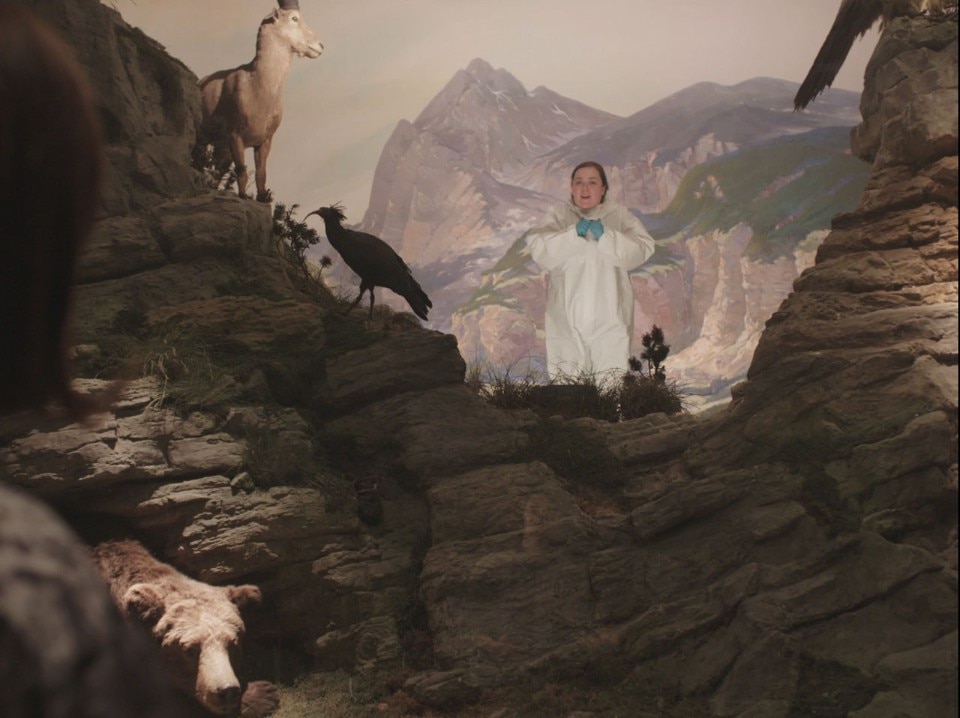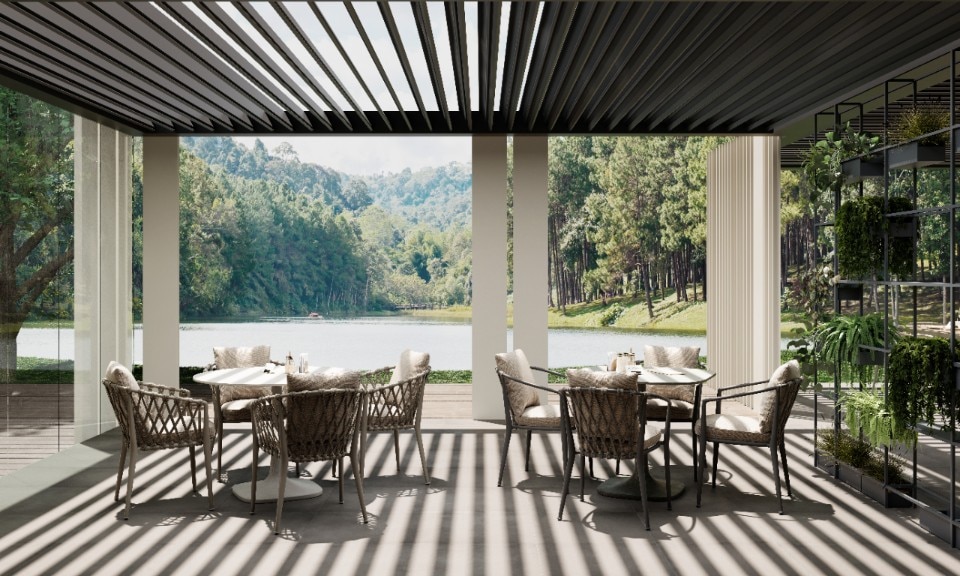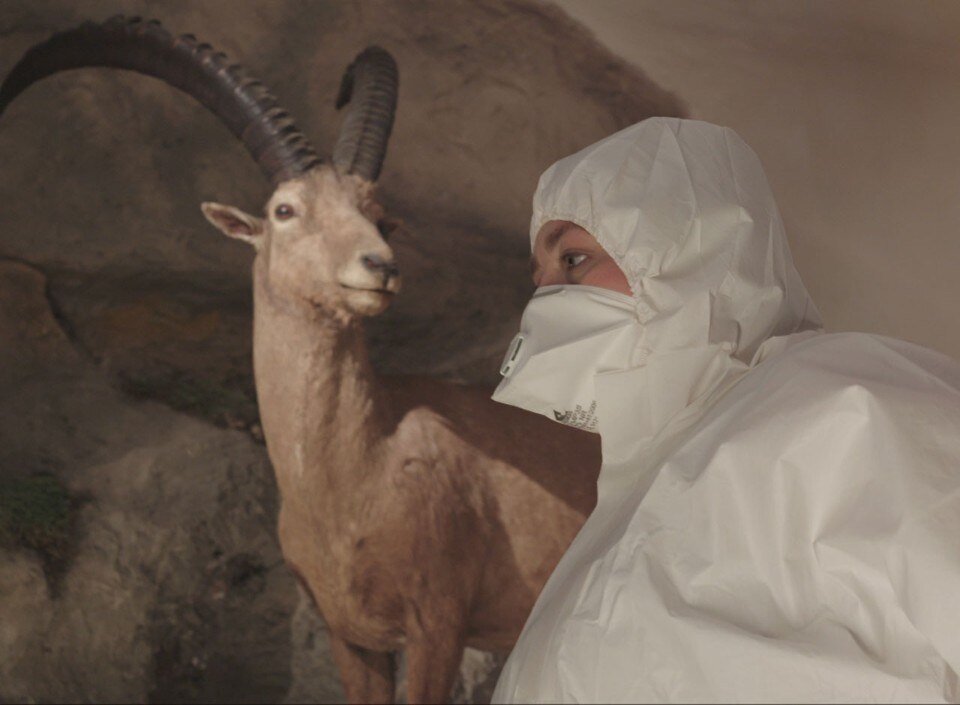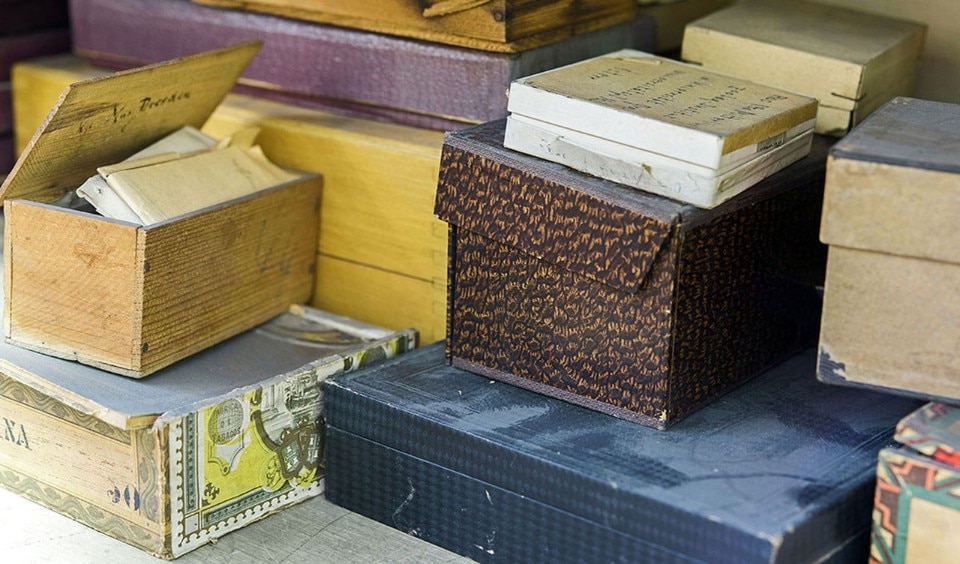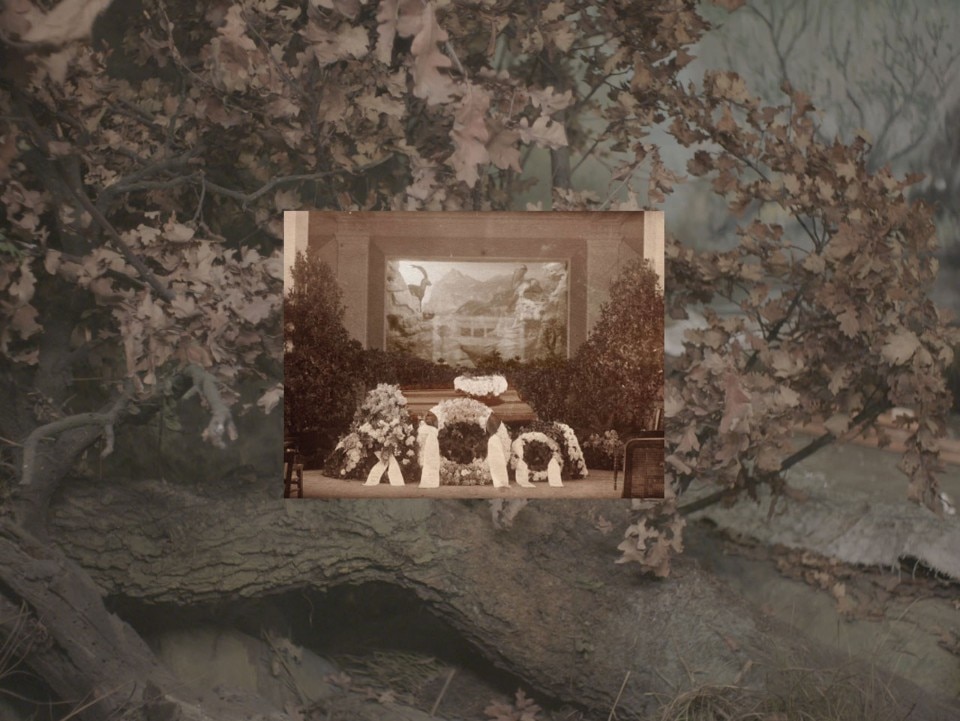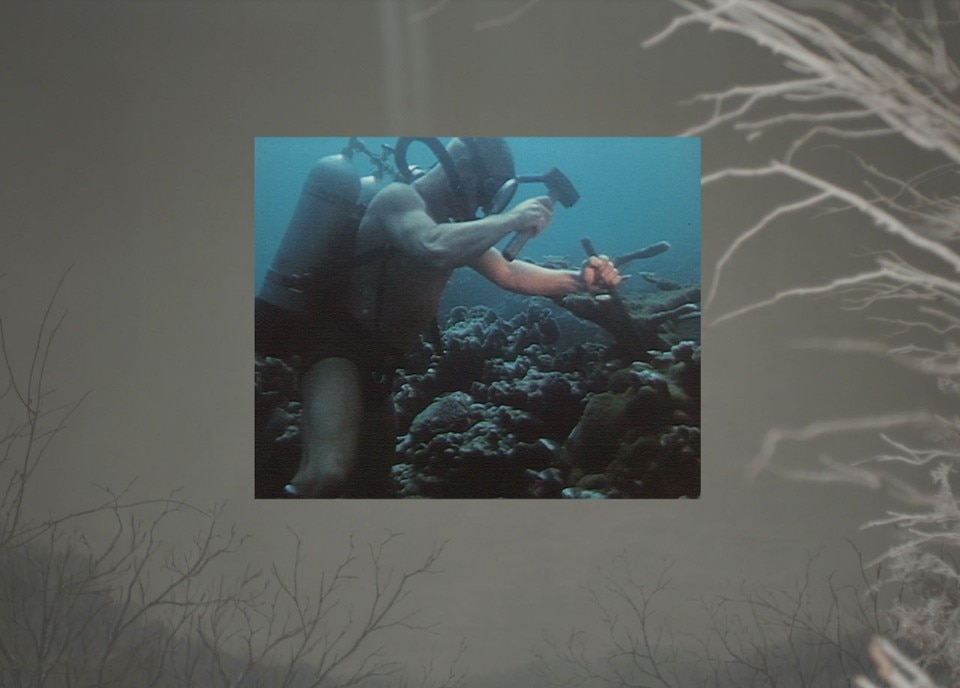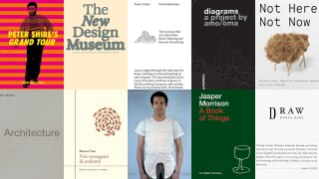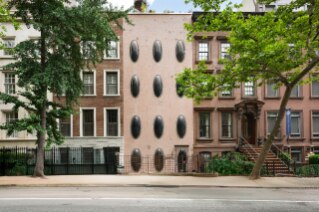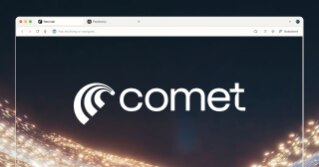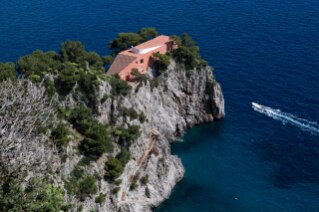Launched as a pilot project in 2014 by the Museum für Naturkunde Berlin and the German Federal Cultural Foundation, the “Art/Nature” series invites a number of international artists to develop interventions for one of Europe’s most renowned natural history collections. By transcending the comunicative barriers between artistic domain and that of the natural history museum, the series aims at creating an experimental space where art, museum practice, and natural history can interact, thus encouraging artistic reflection on the role and functions of natural history museums in the twenty-first century.
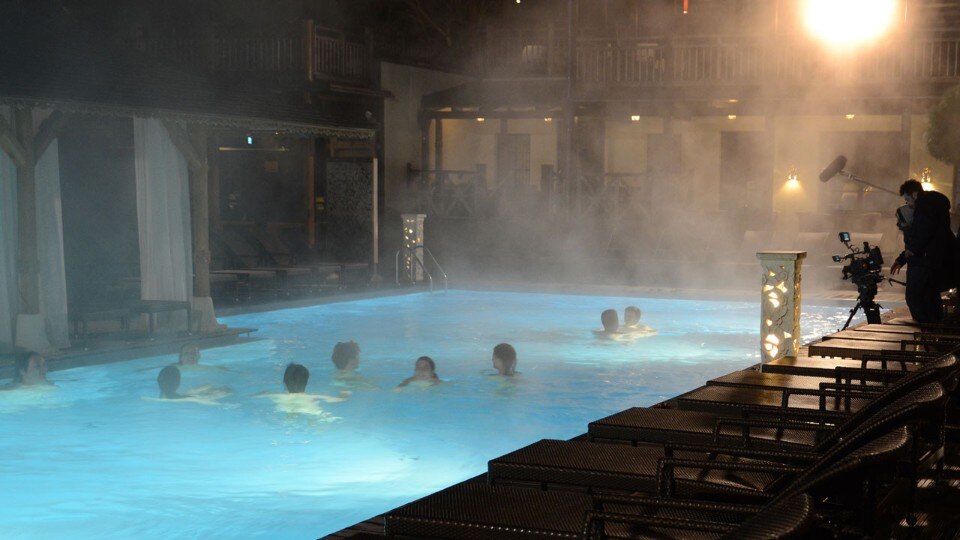
January 30 saw the launch of Art/Nature’s fourth and final round, with three interventions by Mark Dion, Assaf Gruber, and Elisabeth Price along with a micro-opera by Ulrike Haage and Mark Ravenhill titled Wundernetz I Rete Mirabile, which will be performed live in the rooms of the museum and especially in its Wet Collection Wing in the upcoming weeks (on Feb. 12, 19, 26 and March 5 – all the shows are sold out).
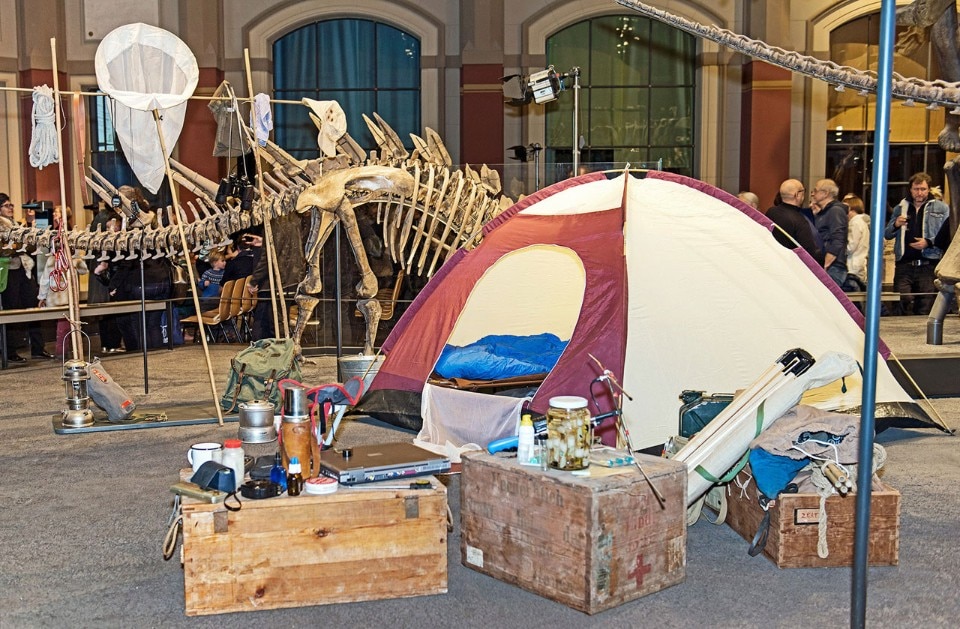
Mark Dion’s intervention Collectors Collected turns the natural museum inside out, so to say, for it addresses the science that’s going on behind the scenes. The artist directs his attention to the large group of researchers who have been gathering objects for the collections for over two centuries and the tools they use for fieldwork. In doing so, Dion reflects on the material culture of scientific work and its technological, political, cultural, historical, and economic aspect – from the time of the German Empire through Hitler’s Third Reich and the Cold War period up to the present day.
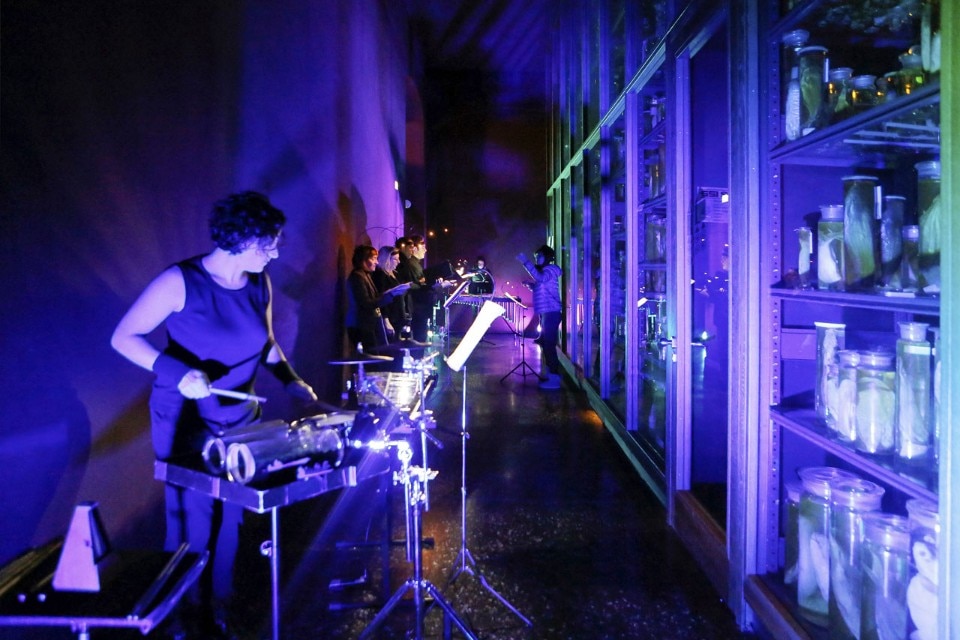
For her installation, Berlinwal, Elizabeth Price creates a poetic dialogue with the architecture of the museum. The artist sets up a corner where visitors can take a seat and gaze through the window – usually closed with a curtain – into the central courtyard, which once hosted the former Whale Hall, destroyed by the fire in 1945. Here, visitors can dwell and read a booklet written by the artist herself, taking in the historic environment around them. Through her intervention, Price argues for the role of the museum as a public space where people can pause and think instead of just transiting and “figuring things out”.
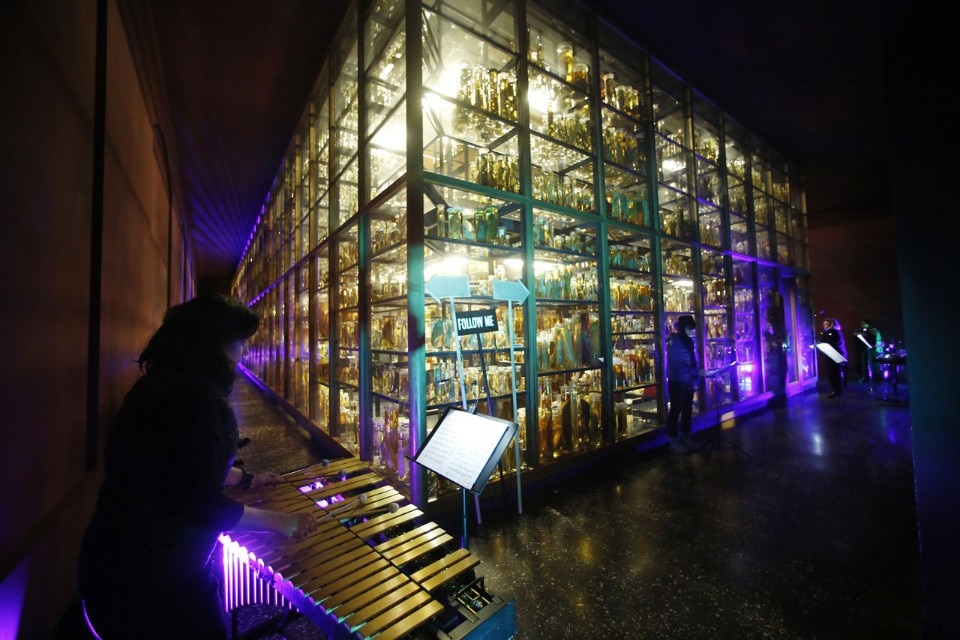
The inspiration for the third intervention, Assaf Gruber’s 30-minute video The Conspicuous Parts, comes from a GDR-era expedition to Cuba’s coral reefs by a group of researchers in 1967. The Israeli video artist deals with politics of the objects that are being displayed in the museum: why are they exhibited to the audience? Which factors influence the decision making process? Assad’s short movie has a potent, witty take on the interplay between people’s ideologies and their desires as individuals.
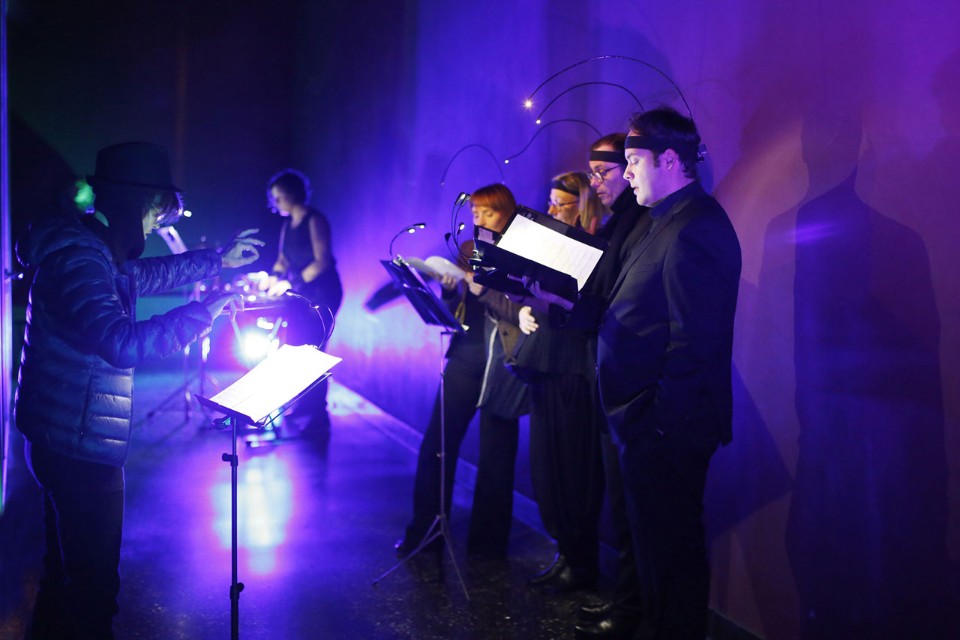
Last but not least, composer Ulrike Haage and playwright Mark Ravenhill bring new life to the Wet Collections of the Museum für Naturkunde with a micro-opera for singers and percussions. Inspired by Vilém Flusser’s Vampyroteuthis Infernalis (an essay on the vampire squid’s experience of the world), the libretto pays homage to the specimen, which can be seen in the museum, and encourages a reflection on human hubris. Surrounded by jars full of specimens from all animal groups, visitors become aware of our planet’s glorious biodiversity.
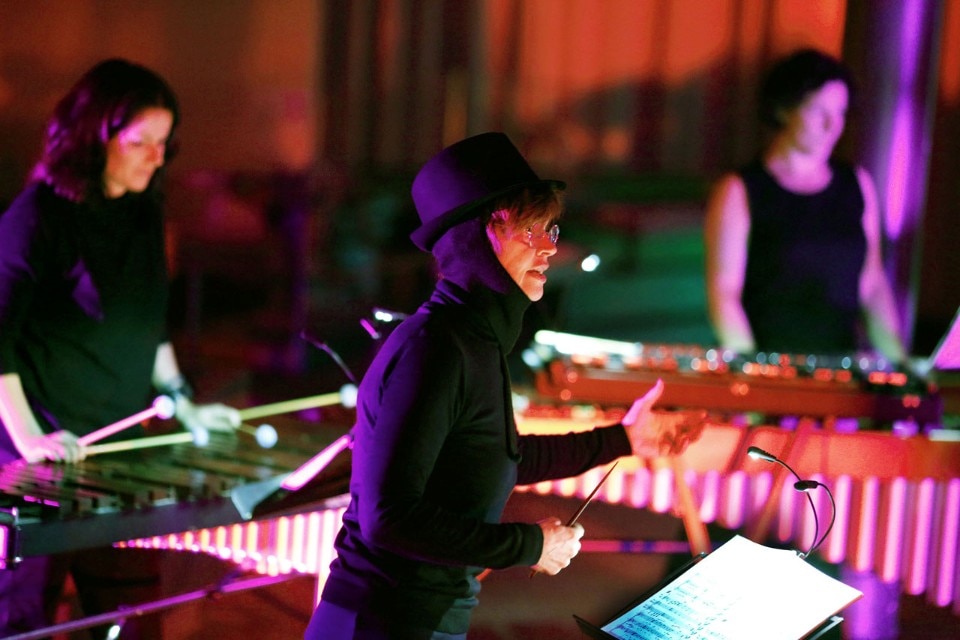
Under the guidance of external curators Christine Heidemann, Dorothee Brill, Gaby Hartel, and Bergit Arends the four art interventions open up fresh perspectives both on nature and on museum culture, and trigger a feedback loop of self-reflexive questions. In times dominated by the raging monster of climate change, the acceleration of deforestation, and many more ecological catastrophes, natural history collections are certainly not to be dismissed as old-fashioned and stuffy, like a sort of scientific equivalent of stamp collecting. In fact, apart from being hugely popular with the public, they aren’t just a static symbol of the world’s biodiversity, for they are important to research and their role as political, social, and cultural institutions becomes more and more essential.
- Title:
- Art/Nature Intervention Round IV
- Artists:
- Mark Dion, Assaf Gruber, Elizabeth Price, Ulrike Haage and Mark Ravenhill
- Opening dates:
- January 30 – April 29 2018
- Museum:
- Museum für Naturkunde
- Address:
- Invalidenstr. 43, 10115 Berlin
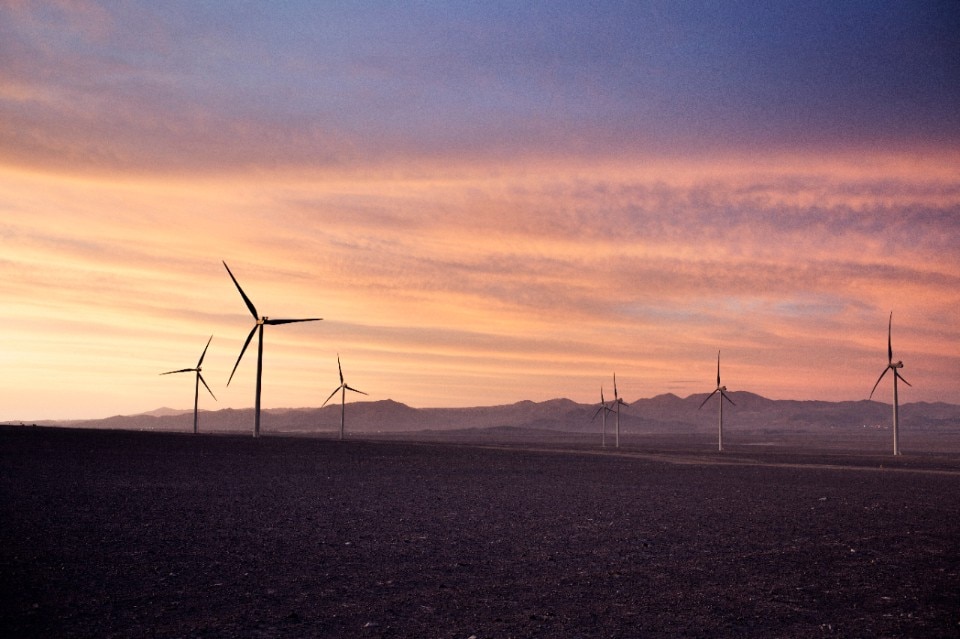
Tomorrow's energy comes from today's ideas
Enel extends the date to join the international “WinDesign” contest to August 30, 2025. A unique opportunity to imagine the new design of wind turbines.


